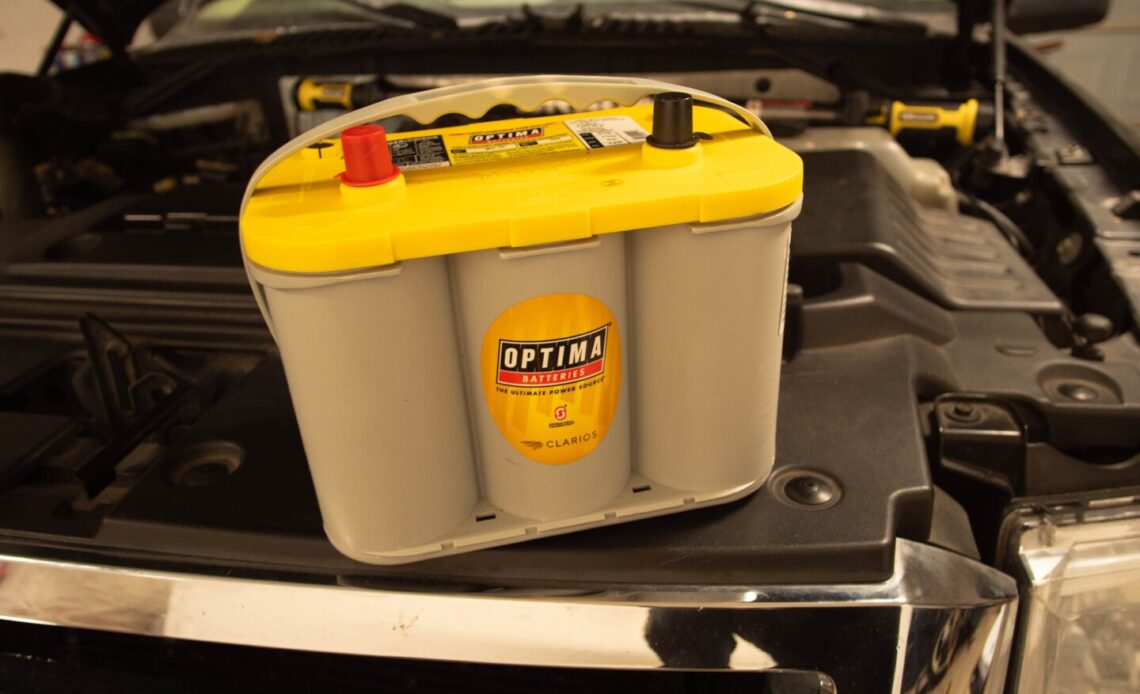When starting a stock vehicle, almost any battery with the correct cranking amps and voltage can suffice. However, when said vehicle is expected to fulfill multiple roles — as the family hauler, race car tow pig, and recreational camping or overlanding home base — a basic battery falls short. The increased demands from video monitors, stereo systems, wrenches, refrigerators, and more call for a battery capable of deep cycling. Deep cycling is a term used to describe when a battery can be discharged significantly and then recharged to completely the cycle. While Optima Batteries is a familiar name among enthusiasts, the company’s batteries are distinguished by a color-coded product placement system indicating their specific applications that you may or may not know. We sat down with Jim McIlvaine at Optima to get the full rundown on which battery is best for deep cycling in automotive applications and the best way to charge them.
Optima Yellow Top Versus Red Top
Like all automotive batteries, they are initially classified into a group size, established by the Battery Council International (BCI) to indicate physical dimensions. We’ll assume you can locate the appropriate group size for your needs, enabling us to concentrate on the distinctions between battery designs and intended uses of the Optima Yellow Top and Red Top.
“The Yellow Top battery is designed and warrantied for both starting and deep cycling use, while the Red Top is specifically designed and warrantied for starting use,” McIlvaine explains. “If you’re planning to incorporate car audio, monitors, overlanding equipment, or any heavy electrical accessories, the Yellow Top is the better choice. Although the cranking amps of the Red Top are actually greater in the same group size as the Yellow Top, it’s not recommended for deep cycling.”
We chose the Optima Yellow Top for our full-size SUV. As a family of six who frequently tows and camps, it’s reassuring to know that our electronic systems will be well looked after.
While noting what might constitute a deep cycle application seems straightforward, it often exceeds what most people consider. “Car audio modifications, wrenches, plows, refrigerators, or even a car alarm should be considered to need a deep-cycle battery,” McIlvaine says. “Some alarm companies say it’s like having a 100-watt light on, but people leave the glove box open, and the small light drains the battery. A 100-watt light will quickly deplete a…
Click Here to Read the Full Original Article at DragzineDragzine…

